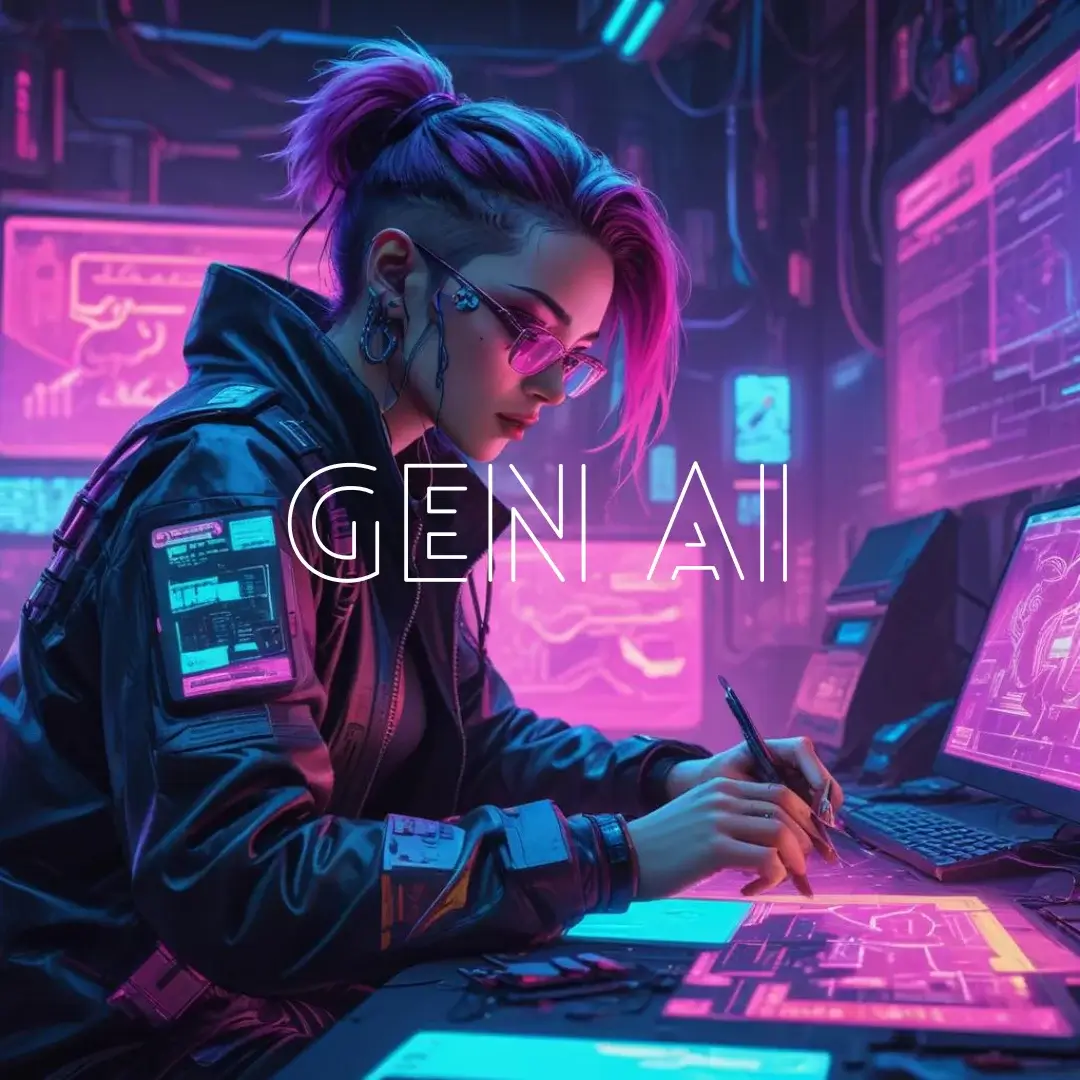In the fast-paced world of technology, Google has once again set a milestone with the launch of its new artificial intelligence model, Gemini. This innovative advancement promises to transform how we interact with technology and redefines the expectations of what AI can achieve. In this article, we will delve into what Google Gemini is, its purpose, and how it differs from existing technologies.
What is Google Gemini?
Google Gemini is a multimodal artificial intelligence model developed by Google. Unlike other AIs such as Google Bard, Chat GPT, or Bing AI, which function as applications or chatbots responding to queries, Gemini is the underlying technology that powers various platforms. Google intends to replace the original Bard model with Gemini, highlighting the significance of this new advancement.
What makes Gemini particularly noteworthy is its ability to surpass the intelligence and efficiency of competing technologies in multiple tests. This positions Gemini as the most advanced AI in existence. Google aims to elevate the level of demand and quality in the artificial intelligence technology market.
Multimodal Model
One of Gemini’s most notable features is its multimodal nature. This means it can understand and process different types of information, including text, code, images, and audio. While other technologies are limited to one or two types of data, Gemini offers unprecedented flexibility in its understanding and processing of messages.
How Gemini Works
Training an AI model involves using vast amounts of data collected from the internet. These data feed into the training algorithms so that the AI can understand and respond to user queries naturally. However, Gemini was designed from the ground up with a multimodal focus. Its training includes various types of data, allowing it to relate different data formats. For example, it can associate aspects of an image with a song, thus breaking the traditional text-to-text or image-to-image functionality of other systems.
Gemini also incorporates a new code generation system called AlphaCode2, which has a more advanced mathematical and coding comprehension than other available technologies. This ensures much more reliable and precise responses.
Differences from Other AI Models
Gemini is distinguished by being composed of three different systems, organized according to their complexity and multimodal capability:
- Gemini Ultra: This is the most advanced version, which has outperformed experts in various disciplines such as history and ethics in multiple tests, positioning itself as the most intelligent AI in existence.
- Gemini Pro: Although less developed than Ultra, it is comparable to GPT-3 in terms of functionality. It is ideal for addressing numerous tasks that users might want to solve with Google Bard.
- Gemini Nano: Despite seeming the simplest, it is revolutionary because it can be implemented directly on devices without the need for an intermediary platform. This is unparalleled in the current market.
Applications of Google Gemini
Currently, Google has announced a phased rollout of Gemini Pro in Google Bard, starting first in English and in selected countries. Over time, its reach is expected to expand significantly.
In a few months, Google will launch Bard Advanced, which will be powered by Gemini Ultra, although specific dates have not yet been announced. On the other hand, Gemini Nano will be available on Google’s Pixel 8 Pro devices, incorporating a system called AICore, intended for use by app developers.
Gemini will not be limited to Google Bard. It will also be integrated into other Google services and applications, such as its search engine, Google Ads, Duet AI, and Chrome, thus expanding its impact on the technological ecosystem.
Conclusion
In summary, Google Gemini represents a significant advancement in the field of artificial intelligence. Its multimodal capability, superiority in comparative tests, and flexibility in understanding and processing data place it at the forefront of technology. As Google continues to implement Gemini in its platforms and services, we can expect a transformation in how we interact with technology, marking the beginning of a new era in artificial intelligence.








